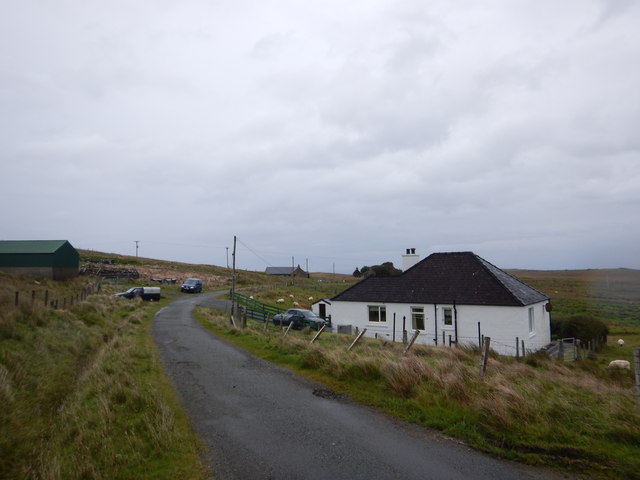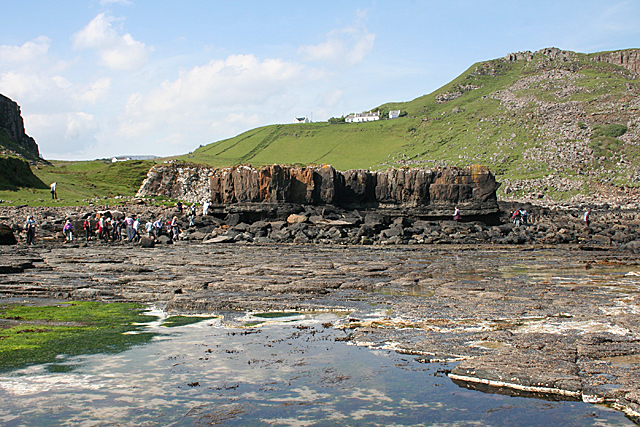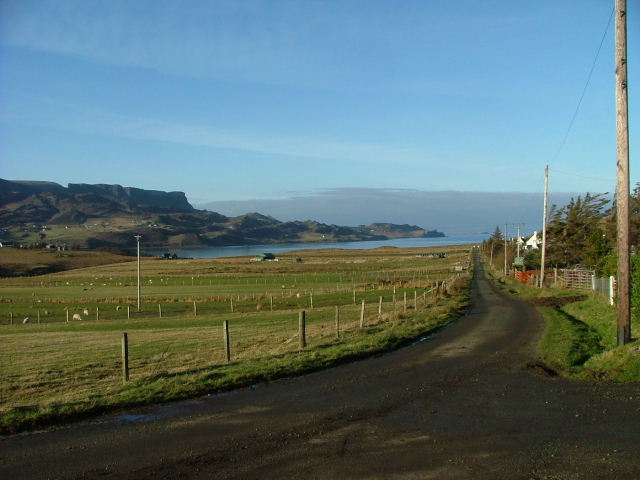Dun Connavern
Heritage Site in Inverness-shire
Scotland
Dun Connavern

Dun Connavern is a historic site located in Inverness-shire, Scotland. This ancient hillfort dates back to the Iron Age and is situated on a prominent hill overlooking the surrounding landscape. The fort is believed to have been constructed around 500 BC and is one of the best-preserved examples of its kind in the region.
The site consists of a series of defensive earthworks, including ramparts and ditches, which would have provided protection for the inhabitants of the fort. There are also the remains of several roundhouses within the fort, which would have served as living quarters for the people who lived there.
Dun Connavern offers visitors a unique glimpse into Scotland's ancient past, providing insights into the daily lives and defensive strategies of its Iron Age inhabitants. The site is surrounded by stunning natural beauty, with panoramic views of the surrounding countryside and nearby Loch Ness.
Overall, Dun Connavern is a significant heritage site that offers a fascinating look into Scotland's ancient history and is a must-visit for those interested in archaeology and ancient civilizations.
If you have any feedback on the listing, please let us know in the comments section below.
Dun Connavern Images
Images are sourced within 2km of 57.583/-6.175 or Grid Reference NG5062. Thanks to Geograph Open Source API. All images are credited.

Dun Connavern is located at Grid Ref: NG5062 (Lat: 57.583, Lng: -6.175)
What 3 Words
///hypnotist.flattens.restriction. Near Uig, Highland
Nearby Locations
Related Wikis
Lealt, Skye
Lealt (Scottish Gaelic: An Leathallt) is a crofting township, on the western coastline of the Sound of Raasay on the Trotternish peninsula of Skye, in...
Loch Mealt
Loch Mealt is an inland fresh-water loch on the Isle of Skye in Scotland. It lies close to Ellishadder and south of Staffin, on the eastern side of the...
Ellishadder
Ellishadder (Scottish Gaelic: Ealaiseadar) is a crofting township, situated close to the north shore of the freshwater Loch Mealt, on the Trotternish peninsula...
Garafad
Garafad or Garafad, (Scottish Gaelic: An Garradh Fada) is a linear crofting settlement on the east coast of the Trotternish Peninsula of Skye in the...
Have you been to Dun Connavern?
Leave your review of Dun Connavern below (or comments, questions and feedback).




















